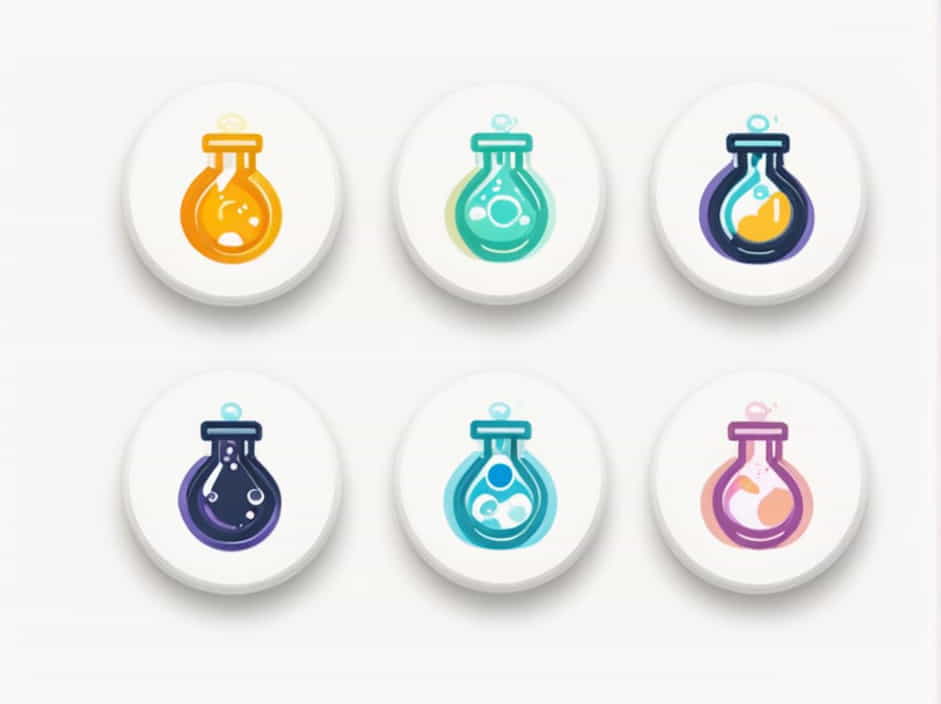Lactase is an essential enzyme responsible for breaking down lactose, the primary sugar found in milk and dairy products. Without this enzyme, the body cannot properly digest lactose, leading to digestive issues like lactose intolerance.
This topic explores the chemical reaction catalyzed by lactase, how it works, and its significance in digestion, food production, and medical applications.
What Is Lactase?
Lactase, also known as β-galactosidase, is an enzyme produced primarily in the small intestine. It plays a key role in digesting lactose into simpler sugars that the body can absorb.
Sources of Lactase
Lactase is found in:
- Humans and animals (produced in the small intestine).
- Bacteria (such as Lactobacillus and Escherichia coli).
- Yeast and fungi (used in dairy processing).
The Chemical Reaction Catalyzed by Lactase
Breaking Down Lactose
Lactase catalyzes the hydrolysis of lactose into two simpler sugars:
- Glucose (a key energy source).
- Galactose (used in various metabolic processes).
Reaction Formula
This reaction occurs in the small intestine, allowing the body to absorb these simple sugars into the bloodstream.
Reaction Mechanism
- Lactase binds to lactose at its active site.
- Water (H₂O) breaks the glycosidic bond between glucose and galactose.
- The enzyme releases the two monosaccharides, which are absorbed into the bloodstream.
Why Is Lactase Important?
1. Aids in Digestion
Lactase ensures that lactose is broken down efficiently, preventing digestive discomfort caused by undigested lactose.
2. Prevents Lactose Intolerance
People with lactase deficiency experience symptoms like bloating, gas, and diarrhea after consuming dairy. This condition is known as lactose intolerance.
3. Used in the Dairy Industry
Lactase is widely used to produce lactose-free milk and dairy products, making them easier to digest for those with lactose intolerance.
4. Important in Biotechnology
- Lactase is used in enzyme therapy for lactose-intolerant individuals.
- It plays a role in food processing to enhance sweetness and texture.
Lactose Intolerance and Its Connection to Lactase
What Causes Lactose Intolerance?
Lactose intolerance occurs when the body does not produce enough lactase, leading to undigested lactose fermenting in the colon. This causes:
- Gas and bloating
- Stomach cramps
- Diarrhea
Types of Lactose Intolerance
- Primary lactose intolerance – Develops naturally with age.
- Secondary lactose intolerance – Caused by illness or injury to the small intestine.
- Congenital lactose intolerance – A rare genetic condition present at birth.
Applications of Lactase in the Food Industry
1. Producing Lactose-Free Dairy
Lactase is added to milk and dairy products to break down lactose, making them suitable for lactose-intolerant individuals.
2. Enhancing Sweetness in Foods
Glucose and galactose taste sweeter than lactose, so hydrolyzing lactose improves the sweetness of dairy products without adding sugar.
3. Improving Fermentation in Dairy Processing
In yogurt and cheese production, lactase helps beneficial bacteria ferment more efficiently, improving texture and taste.
Lactase catalyzes the hydrolysis of lactose into glucose and galactose, enabling proper digestion and absorption of dairy sugars. This reaction is essential for human digestion, the dairy industry, and biotechnology. Understanding how lactase works helps in managing lactose intolerance and improving dairy product formulations.
